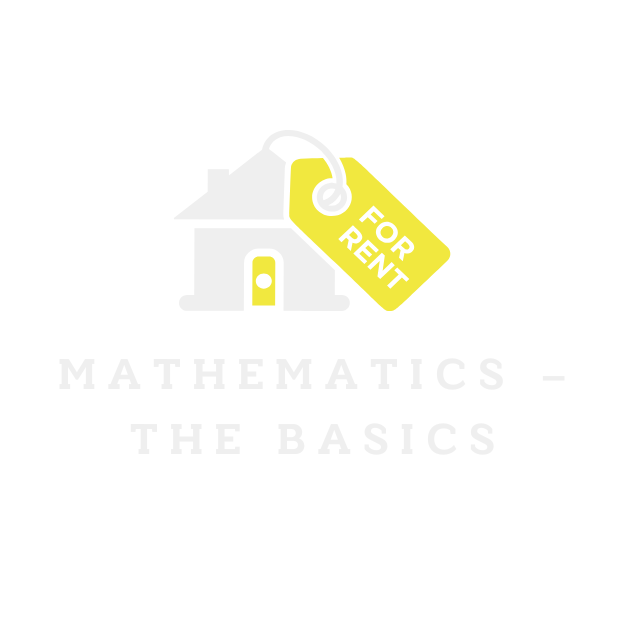Dreaming of homeownership but feeling like your savings account is playing hide and seek? You’re not alone! Many aspiring homeowners face the daunting challenge of coming up with a hefty down payment. Fortunately, down payment programs are here to save the day—and your wallet.
These programs can be the secret sauce to unlocking the door to your new home. With a little guidance and a sprinkle of determination, navigating these options can turn that dream into reality. So, grab your favorite beverage, sit back, and let’s dive into how to leverage these programs like a pro. After all, who wouldn’t want to trade their rent check for a mortgage payment that leads to equity and a place to call their own?
Table of Contents
ToggleUnderstanding Down Payment Programs
Down payment programs offer valuable assistance to those looking to buy a home. These initiatives play a crucial role in making homeownership a realistic goal for many individuals.
What Are Down Payment Programs?
Down payment programs provide financial support for homebuyers struggling to save for a down payment. These programs often come from government agencies or non-profit organizations. Assistance typically takes the form of grants, forgivable loans, or low-interest loans. Qualification criteria vary based on factors such as income and credit scores. Many programs target first-time homebuyers, aiming to level the playing field in the housing market.
Types of Down Payment Assistance
Multiple down payment assistance options exist to cater to different needs. Grants require no repayment and directly offset down payment costs, offering immediate financial relief. Low-interest loans provide funds for down payments that borrowers repay over time, reducing the initial financial burden. Forgivable loans may disappear after meeting specific requirements, effectively turning them into grants. State-sponsored programs can include various incentives, including tax credits or lower mortgage rates. Local initiatives also exist, providing targeted assistance based on community demographics and housing markets.
How to Qualify for Down Payment Programs

Qualifying for down payment programs involves meeting specific criteria that vary by program. Income levels and credit score assessments play significant roles in determining eligibility.
Income Requirements
Income requirements reflect the household’s earnings and often establish limits to ensure assistance reaches those in need. Many programs set maximum income limits based on the area’s median income. For example, if a household’s income exceeds 80% of the median income for their location, they may lose eligibility. Additionally, some programs target low-income applicants, while others support middle-income families. Reporting total gross income accurately remains crucial while applying. Verification through pay stubs, tax returns, or bank statements often aids in this process.
Credit Score Considerations
Credit scores significantly impact eligibility for down payment assistance programs. Many providers expect borrowers to have a minimum credit score, often ranging from 620 to 660, to qualify. Higher credit scores may unlock better loan terms and rates. Regular checking of credit reports allows individuals to identify and correct errors beforehand. Understanding debt-to-income ratios also affects approval chances, as lenders assess financial stability through these metrics. Individuals can improve their credit scores by reducing debt and ensuring timely bill payments.
Steps to Access Down Payment Programs
Accessing down payment programs requires thorough research and a structured application process. Each step plays a critical role in securing assistance for homeownership.
Researching Available Programs
Identifying down payment programs begins with checking local resources. Government websites often detail state-specific initiatives. Non-profit organizations frequently offer assistance tailored to community needs. Tools like online search engines allow for efficient program comparisons. Individuals should consider programs based on their area’s median income and unique requirements. Grants and loans may vary in eligibility criteria, so understanding these nuances makes a difference. Reviewing program deadlines adds urgency to the research phase. Networking with real estate agents can also provide insights into available options.
Applying for Assistance
Completing the application involves gathering necessary documentation. Applicants should prepare proof of income, tax returns, and credit reports. Filling out forms accurately avoids delays in processing. Specific programs might require additional information, such as employment verification or asset statements. Submitting applications ahead of deadlines maximizes one’s chance to receive funding. Following up with program representatives showcases commitment and facilitates additional inquiries. Patience throughout the process is essential, as approval times can fluctuate. Engaging with local lenders can also provide clarity and support during the application phase.
Benefits of Using Down Payment Programs
Down payment programs offer multiple advantages for prospective homebuyers. These benefits enhance financial stability and increase accessibility to homeownership.
Financial Advantages
Programs often provide direct financial support, which can significantly lower upfront costs. Various options include grants that do not require repayment, making homebuying more affordable. Low-interest loans also allow borrowers to spread payments over time, reducing monthly financial burdens. Some programs even offer forgivable loans, which convert to grants after specific conditions are met, further alleviating repayment worries. Tax credits from state-sponsored programs can enhance cash flow, enabling borrowers to allocate funds towards other expenses. Overall, these financial incentives help individuals achieve their homeownership goals more comfortably without straining their budgets.
Increasing Homeownership Opportunities
Access to down payment programs raises homeownership chances for many households. Eligibility criteria often cater to low- to middle-income individuals, assisting those who might struggle to save for significant down payments. Local initiatives frequently focus on community demographics, ensuring targeted assistance for residents. With open access to financial support, potential buyers expand their housing options across different neighborhoods. These programs pave the way for individuals to transition from renting to owning, ultimately fostering stable communities. As more homebuyers secure funding, the overall demand for housing increases, positively impacting local economies and promoting growth in the housing market.
Exploring down payment programs can open doors to homeownership that many aspiring buyers thought were closed. By leveraging these resources individuals can significantly reduce their financial burden and transition from renting to owning.
With various options available such as grants and forgivable loans it’s crucial for potential homebuyers to research and understand the specific programs that align with their financial situations. Engaging with local lenders and program representatives can provide valuable insights and support throughout the application process.
Ultimately these programs not only help individuals achieve their homeownership dreams but also contribute to stronger communities and a healthier housing market. Taking the first step toward homeownership is within reach for those willing to seek out the assistance available.


